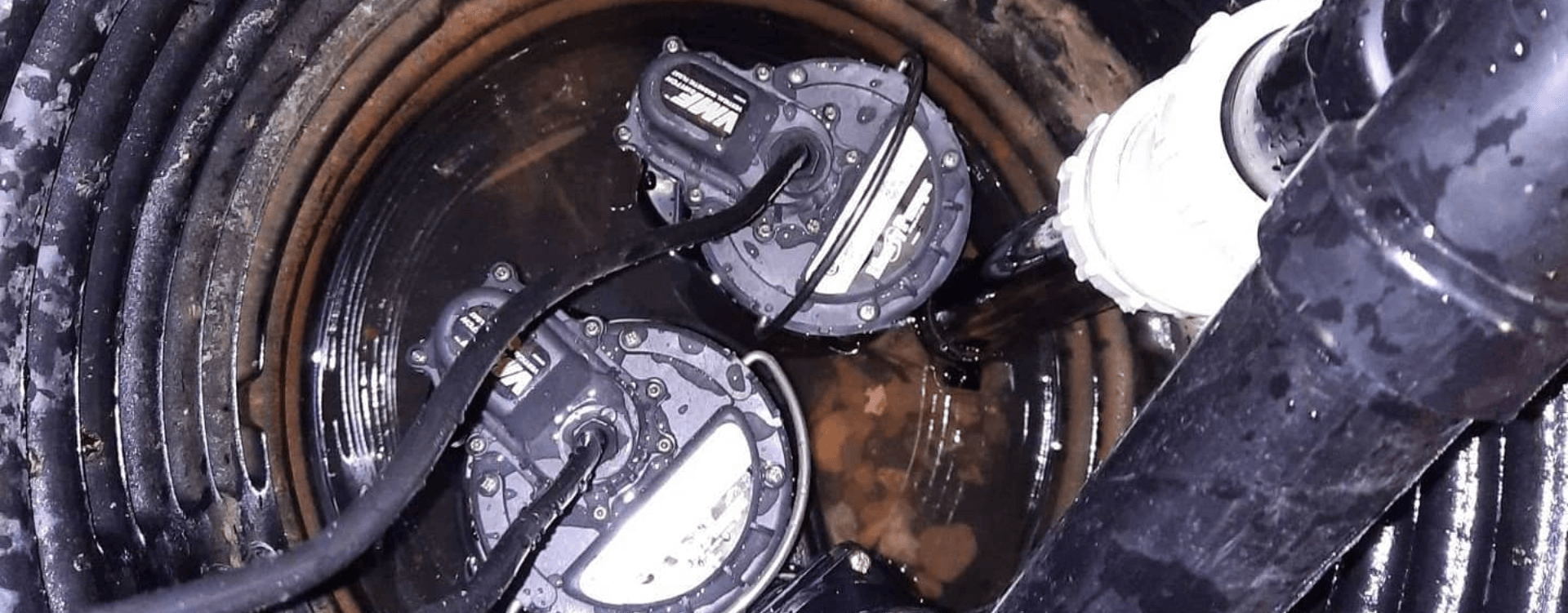Biomat refers to a black slime layer that forms in the soil below or around the drain field where the septic system effluent is released. Biomat does play a very important role in the processing of pathogens and biologic solids. Without biomat, your septic system would release partially treated effluent into the soil which could result in the pollution of groundwater and any nearby wells, ponds, and streams.
How is biomat formed?
As the effluent from the septic tank is fed into the soil for further treatment, bacteria grows where they meet the soil or gravel. We call this layer biomat, clogging mat, or biocrust. This mat is a blackish slime layer that forms on the sides and bottom parts of a leach field. The biomat assists in reducing the infiltration rate of water into the soil giving bacteria more time to treat the water.
Biomat is made up of live and dead anaerobic bacteria and their by-products which stick to the soil particles. This bacteria relies on the organic matter in the effluent as a food source and this is why biomat is the actual site of waste treatment for your septic system. Because biomat is not as permeable as soi so effluent will trickle through the soil looking for a place with little or no biomat and this helps to slow down the infiltration of wastewater. Biomat slows down the flow rate of wastewater thereby giving it time to filter out viruses and other harmful pathogens.
How to prolong the biomat lifetime
As biomat continues to grow over time, the hydraulic load rate might exceed the infiltration rate. This is typically ponding on your lawn starts. Wastewater could even end up backing up into the house! As we discussed above, biomat plays a vital role in the purification of wastewater and it should not be prevented from developing. However, there are steps you can take to ensure it doesn’t overgrow to the point of creating issues and contamination.
Proper maintenance
Taking good care of your septic system will help to avoid many issues. This includes ponding on your lawn from the overdevelopment of biomat. As a rule, always pump your septic tank on a regular schedule. This may vary from home to home depending on your use and system conditions. If you are unsure, contact your local pumper for recommendations. In addition, use some biological additives to boost the growth of healthy bacteria in the septic tank which will help to break down organic waste in the septic tank. To give yourself the best shot at maintaining a healthy and long term septic system speak with one of our amazing Septic Technicians about installing a bacteria generator that will always maintain the optimal level of waste treatment



